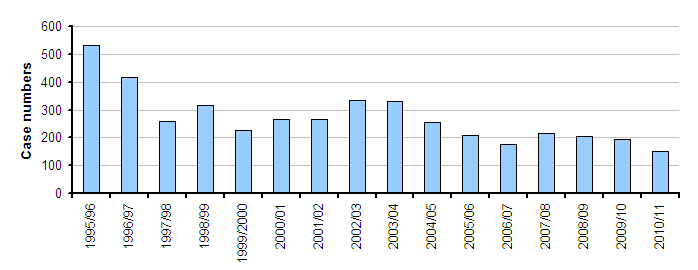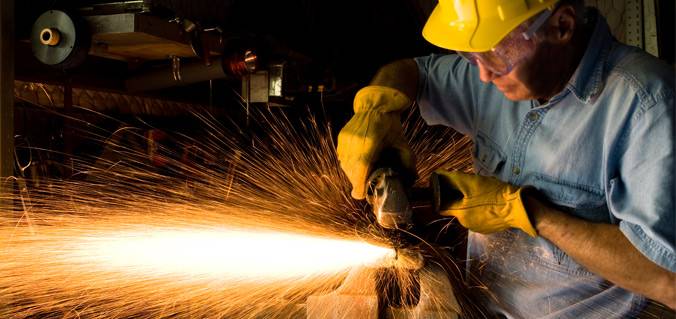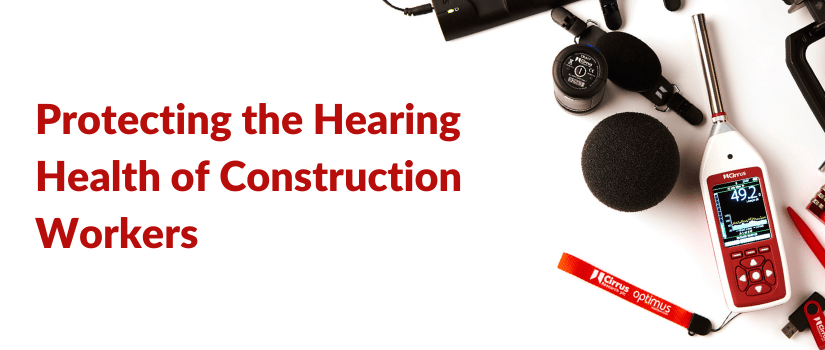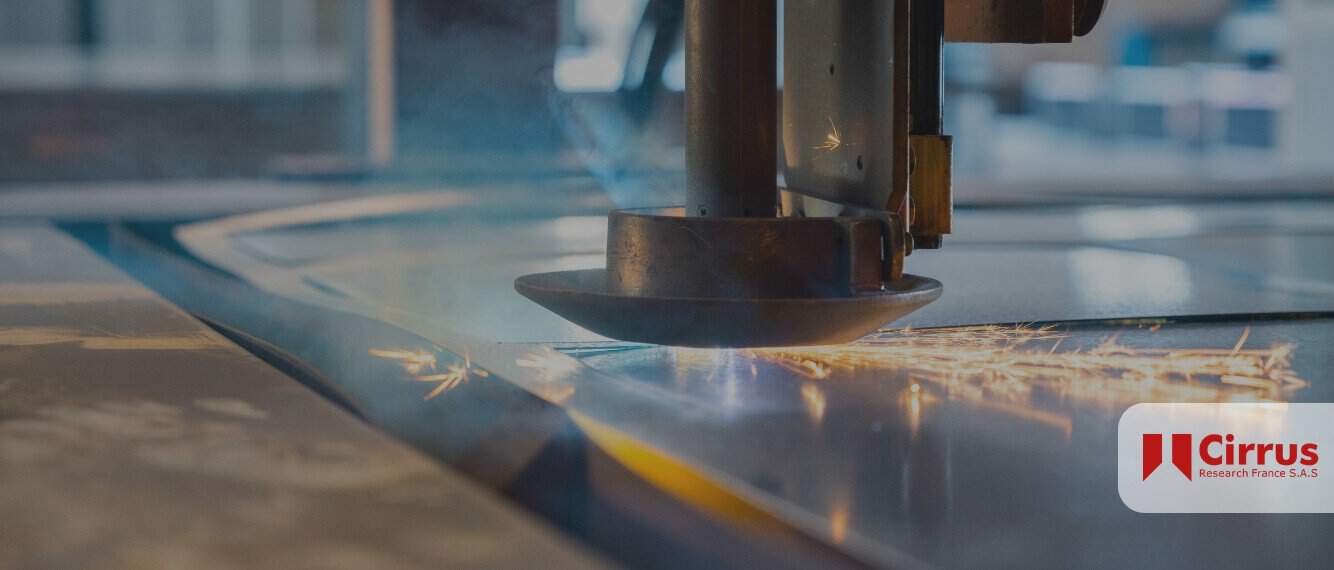The risk to business and their employees who fail to monitor and assess noise in the workplace was highlighted recently when a former roadman received £9,000 in an Out of Court settlement, after being diagnosed with noise-induced hearing loss (NIHL).
The permanent condition is allegedly due to excessive noise exposure at his workplace in Gateshead, taking place over more than 25 years.
According to the letter of claim, the 48 year old road worker was employed by the Highways Department, from 1988 to present day and during this time was exposed to excessive noise levels, whilst working on-site.
As reported in the letter of claim, it is alleged that there were several types of machines with 2 people working on a job at any one time. Daily duties involved operating a compressor, still saw, breaker, wacker plate and roller machines close to similar machines used in civil engineering and road maintenance.
The client, who worked 9.5 hour shifts, Monday to Friday, plus overtime, claimed that the noise levels were so high, the only way to communicate with fellow workers was to shout or use sign language. Workers were permitted 10 minute breaks and a 30 minute lunch break but with no canteen or break out area, the men were unable to escape the noisy environment as the machines continued to operate.
It is also alleged that the employer did not provide the worker with any hearing safety equipment for nearly 10 years, by which time it is believed that excessive hearing damage had already taken place. Hearing protection subsequently became available in the form of ear plugs.
The client advised that the use of the hearing protection was not enforced, and therefore a safe system of work was not enforced, which would have protected him from the risk of occupations deafness.
The civil engineering company was also accused of failing to conduct any noise or risk assessments, to determine the noise levels their employees were being exposed to.
Cirrus Research Marketing Manager James Tingay said: “Any risk or noise assessment would have identified the risks to the workforce and allowed the company to take the necessary steps to ensure their health and hearing. By not doing the necessary noise monitoring, conducting reviews and maintaining records of noise levels they left themselves at risk.”
“This is not an isolated case but it should act as a salutary tale on the potential damage that can be inflicted on someone’s long term health as well as a company’s reputation as both of which can be irreparably damaged.”
Through increased awareness and tighter occupational health legislation, cases of NIHL or industrial deafness have been slowly falling over recent years. But despite the improvements, Health and Safety Executive (HSE) statistics between 2009/10 and 2011/12 show around 19,000 industrial deafness cases were reported, that were either caused, or worsened, by high levels of noise at work.
The industries with the largest number of new hearing loss cases are manufacturing, construction and extraction, energy and water supply.
Commenting on the settlement, case handler Asim Majid from Asons Solicitors, said: “It is alleged that our client spent 25 years working in an extremely loud environment where hearing safety equipment was not provided. Also, our client’s employer failed to carry out hearing tests, create, retain or review health records, and offer advice about the risk of noise-induced hearing loss. “Our client was not made aware of the risks of noise exposure at any point of his employment, and was unaware of the permanent injury that could be caused. Furthermore, he was not provided with any training or instruction.”

Source: http://www.hse.gov.uk/STATISTICS/causdis/deafness/index.htm
How can Cirrus help you monitor & manage your noise levels?
Our range of sound level meters and noise dosimeters can help you measure, monitor and control your noise exposure levels. All of our instruments have been designed to be simple to use whilst giving you all of the measurement data that you need.
The Optimus® Red sound level meters will give you all of the measurement data needed to meet the requirements of the Noise at Work Regulations and the NoiseTools software gives a quick and easy way to review the noise data and take quick and accurate decisions.
Where employees are using vehicles or where their work patterns vary over a day or week, the doseBadge® noise dosimeter is the ideal tool to use.
Small, lightweight and virtually indestructible, the doseBadge can be used to survey the workplace and locate areas or tasks where further, more detailed measurements are needed.
Our products are backed by our industry leading 15 year warranty as well as our ISO 9001 & ISO 14001 certification. Cirrus is also part of the British Safety Industry Federation’s Registered Safety Supplier Scheme, identifying its organisation and products as genuine and safe, assuring customers that the products supplied are genuine, properly tested and certificated.
To find out more, call us on +44 1723 891655 or email sales@cirrusresearch.com



